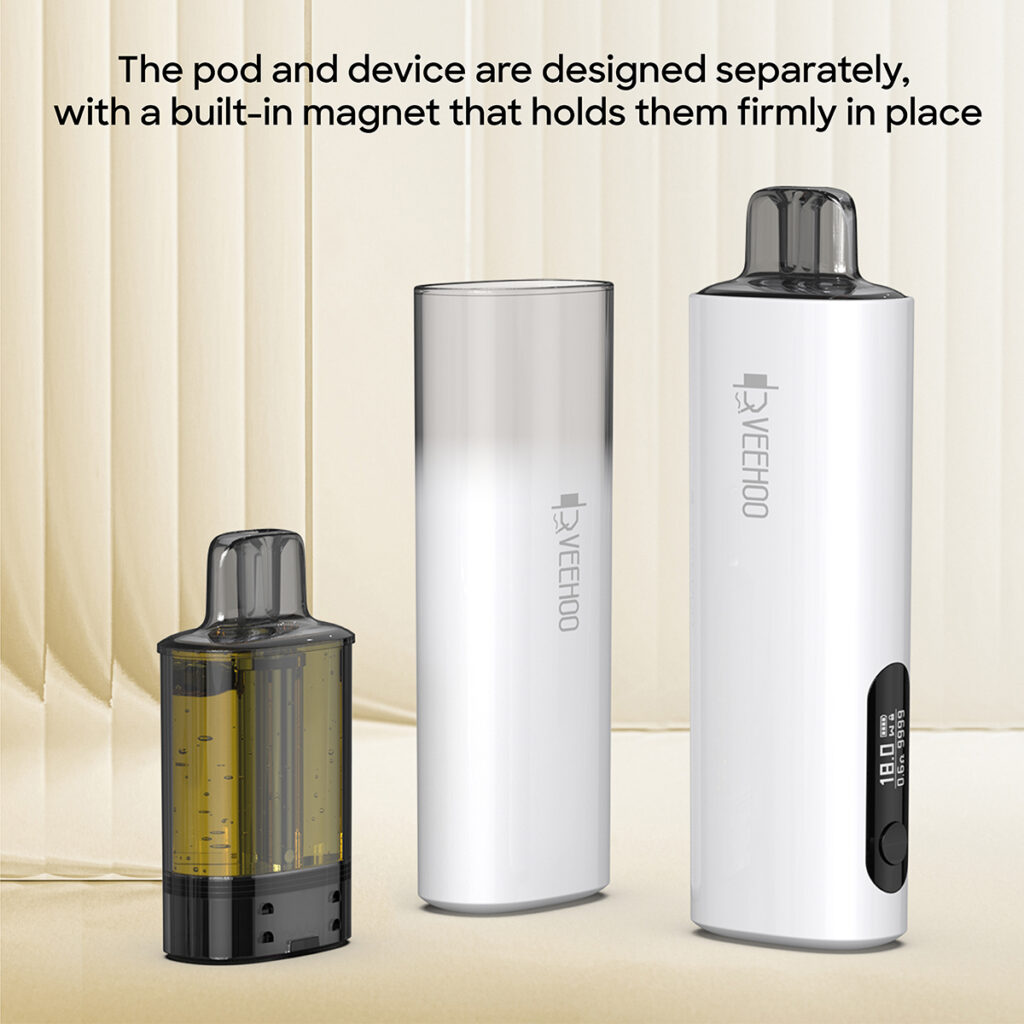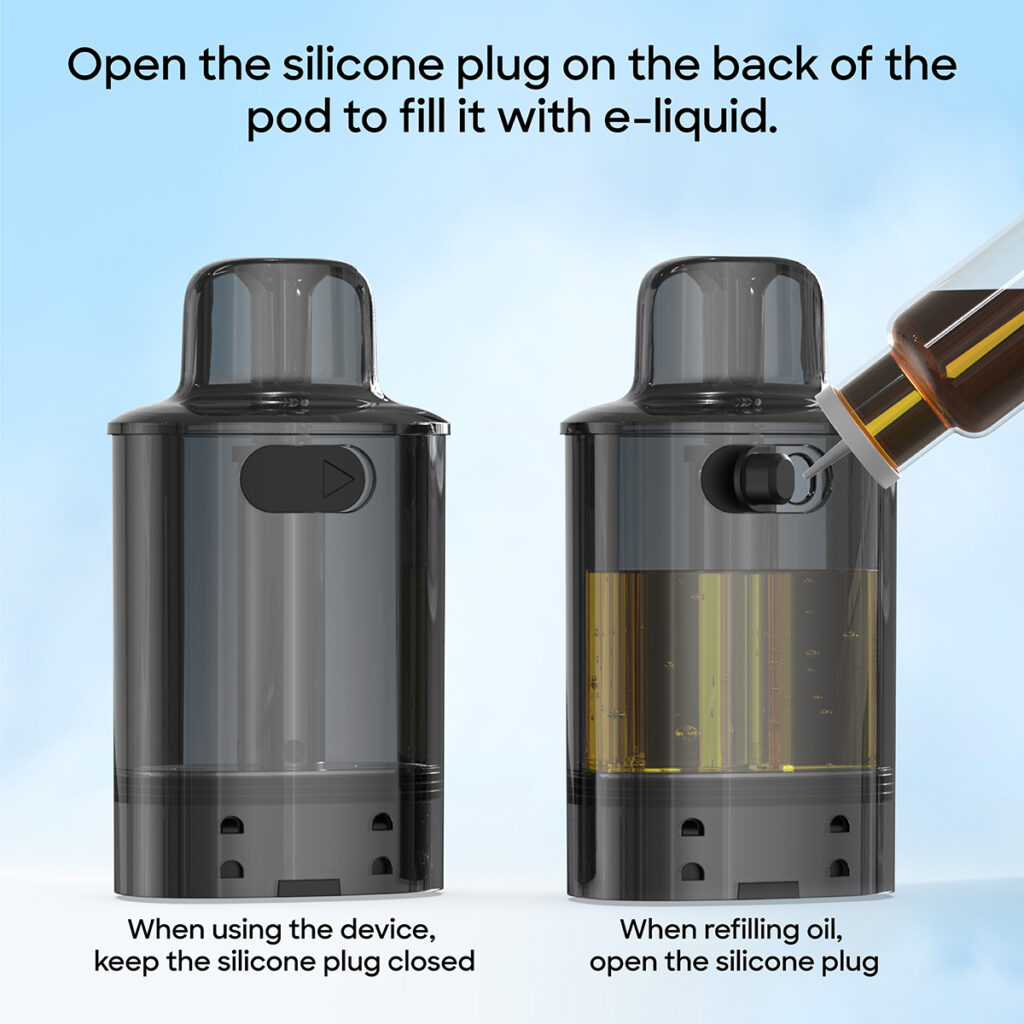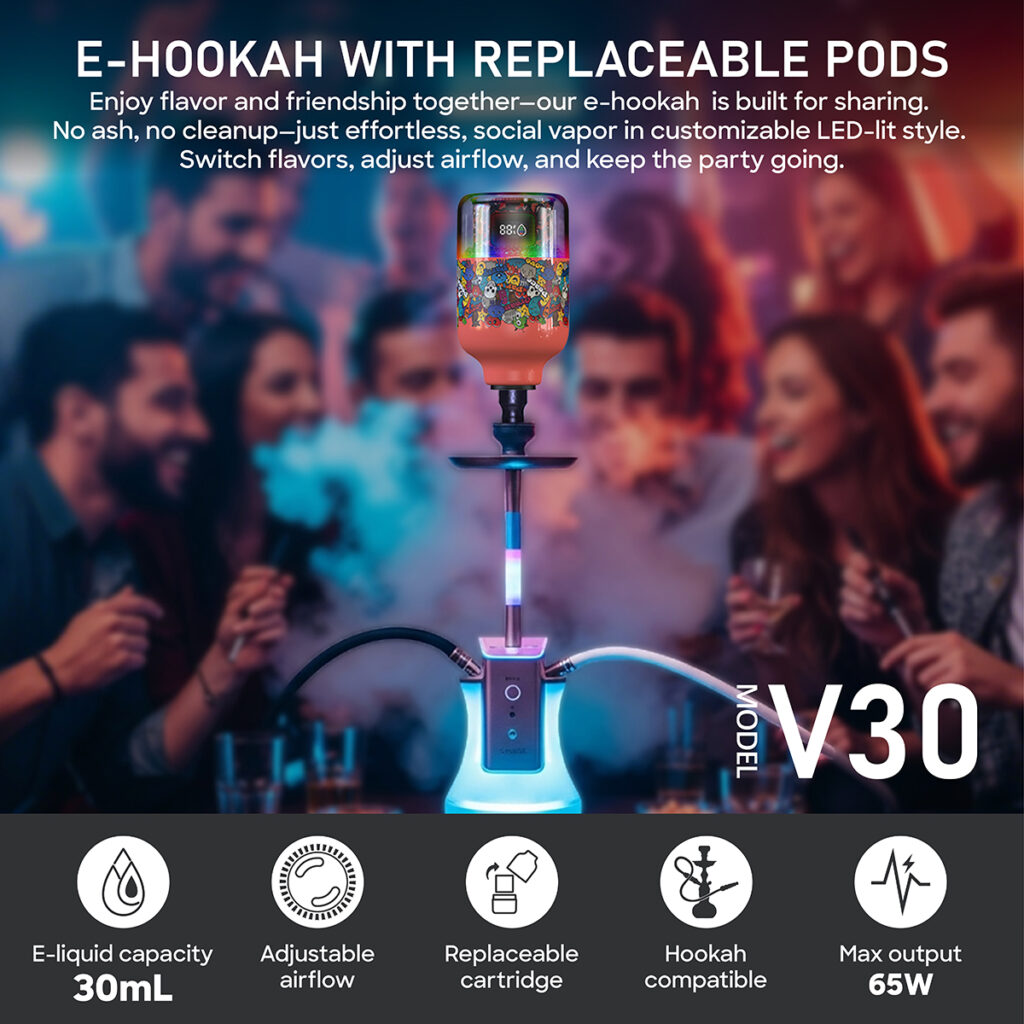The UK government officially implemented a sales ban on disposable e-cigarettes (i.e., non-rechargeable, non-refillable “single-use” devices) on June 1, 2025. This move was intended to reduce underage smoking and e-waste littering, and to promote more sustainable and compliant product alternatives. However, the real market quickly exposed loopholes in this policy’s implementation: counterfeit reusable devices have become rapidly popular. Shockingly, monthly sales of these devices reached 5.3 million, while only 1.4 million corresponding cartridges were sold. This indicates that a large number of consumers purchase the devices themselves but do not continue to purchase cartridges, suggesting that many devices are being used solely for “disposable” purposes. The problem goes beyond environmental protection and involves regulatory gaps, consumer behavior, and industry responsibility.
The regulations passed by the UK Parliament clearly state that the ban on disposable e-cigarettes does not affect rechargeable and refillable devices. However, in practice, many manufacturers have exploited the policy loopholes and launched new “reusable” devices that appear virtually identical to existing disposable devices. Although legal by definition, these products continue to feature low prices, attractive packaging, and ease of use, making them strikingly similar to banned products. The Financial Times noted that mainstream disposable brands like Elf Bar, Lost Mary, and Geek Bar have all launched “reusable” versions, but these products’ appearance, pricing, and user experience are virtually identical, continuing to lure minors and other groups into continued use.

The surge in sales of these new devices clearly reflects a lack of regulatory oversight. Multiple surveys indicate that nearly a quarter of UK retailers continue to knowingly sell banned disposable devices. Inadequate regulatory oversight and enforcement resources, coupled with the difficulty of quickly changing consumer habits, have significantly diminished the effectiveness of the law. Furthermore, experts warn that if reusable devices remain cheap, people may continue to treat them as “disposable,” resulting in no substantial improvement in environmental protection.
Against this backdrop, the VEEHOO e-cigarette brand stands out. Its high-quality, well-designed refillable cartridges have earned market acclaim. VEEHOO’s product line includes devices with replaceable e-cigarette cartridges. For example, the TR40 series boasts a 12ml e-liquid capacity, a 600mAh battery, Type-C fast charging, and grid heating technology, striving for exquisite design aesthetics and craftsmanship. Furthermore, its V8 Flavor DIY dual-chamber device supports two different flavor cartridges simultaneously, allowing for flexible switching or DIY flavor mixing, enhancing the aesthetics and personalized experience.
These VEEHOO products comply with UK TPD regulations, offering a longer lifespan and recyclability. They are significantly more genuine and environmentally friendly than reusable “coated” devices that have similar designs and usage methods but differ legally. The brand avoids gaudy cartoons on its packaging and strictly implements age verification, demonstrating its commitment to protecting minors and its social awareness. Furthermore, VEEHOO’s “Responsible Vaping” campaign, through short videos, live interviews, and popular science articles, promotes legal, safe, and sustainable e-cigarette use, setting a positive example for the industry.

On the positive side, VEEHOO’s innovation is driving the industry towards a more environmentally friendly and compliant approach. Its products’ sophisticated design and long-term usability effectively reduce e-waste generation; its proactive compliance with regulations and emphasis on social responsibility can help positively guide consumers toward compliant products. Furthermore, these high-quality devices can continue to support adult users seeking to replace traditional tobacco with e-cigarettes, thereby, to a certain extent, maintaining public health goals: helping adults quit smoking while regulating market practices and preventing youth from benefiting from disposable products.
However, truly addressing the problem of counterfeit devices requires more than just the actions of a few brands. Regulators should strengthen market monitoring, identify “pseudo-reusable” devices, and clearly assess their sustainability and environmental performance. Stores and e-commerce platforms should raise entry and sales barriers to ensure that products meet sustainable use standards in substance, rather than simply being legal in name only. Policy considerations include setting price floors for disposable and apparently “reusable” devices, or requiring mandatory recycling mechanisms, to prevent consumers from mistaking so-called “reusable” devices for disposable use.
At the consumer level, public education is essential. Many buyers are unaware of the actual differences between reusable and disposable devices and are easily misled by their appearance. Educational campaigns and guidance from brands like VEEHOO are particularly meaningful, promoting the mindset of “using refill cartridges rather than discarding entire devices.” They emphasize that cost savings and environmental protection aren’t just slogans, but the wise choices we should make right now.
Overall, this ban reflects a deeper market dynamic and policy challenge: once the law is implemented, if the market isn’t fully closed, loopholes can flourish. The staggering monthly sales disparity of 5.3 million counterfeit reusable devices and only 1.4 million cartridges reveals that many users are using reusable devices as disposables, exposing the significant gap between policy and implementation. This serves as a wake-up call for regulators and a reminder that consumer education remains incomplete.

The innovation, social responsibility, and product quality demonstrated by the VEEHOO brand throughout this process offer valuable clarity and hope to this chaotic market. It demonstrates that even amidst industry disruptions, there are still companies willing to uphold standards, innovate, and serve consumers and the environment through legal means. If the ban is to be truly implemented and reduce e-waste and underage use, it will require industry self-regulation, strengthened regulation, and public collaboration.
Looking back, we see that the ban, while well-intentioned, has fallen between formalism and market responsiveness due to the complexity of its implementation. The surge in sales of counterfeit devices reminds us that, beyond the law, there are two insurmountable barriers: institutional loopholes and consumer perception. Companies like VEEHOO, which bravely embrace innovation and responsibility, may become benchmarks in this industry transformation, pointing the way to a more sustainable and healthier market. The road ahead is long, but if regulators, brands, and the public can work together to reduce the rise in waste and underage access, perhaps this market transformation, which began with regulations, can go further and be more stable.
Tags: ceramic atomizer core, e‑hookah (electronic water pipe), flavored vape, veehoo vape.
